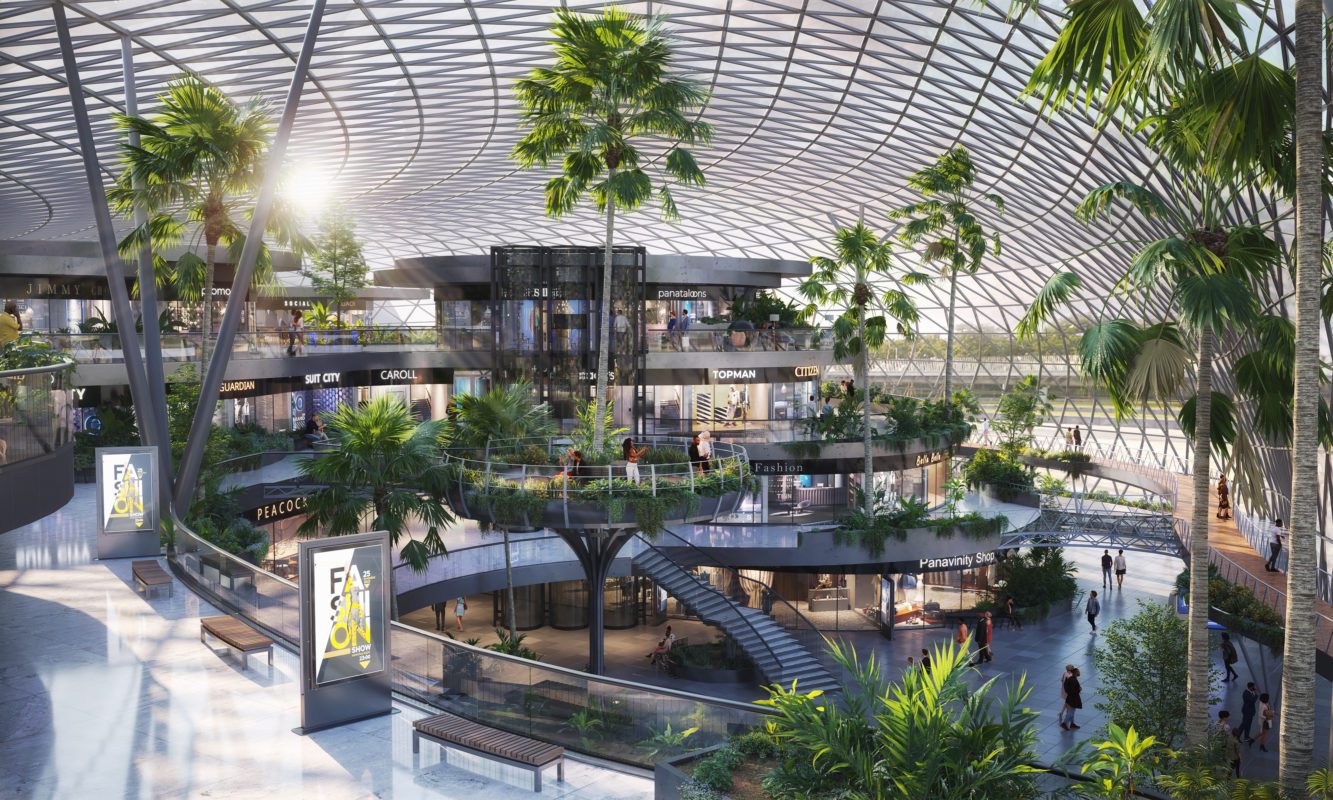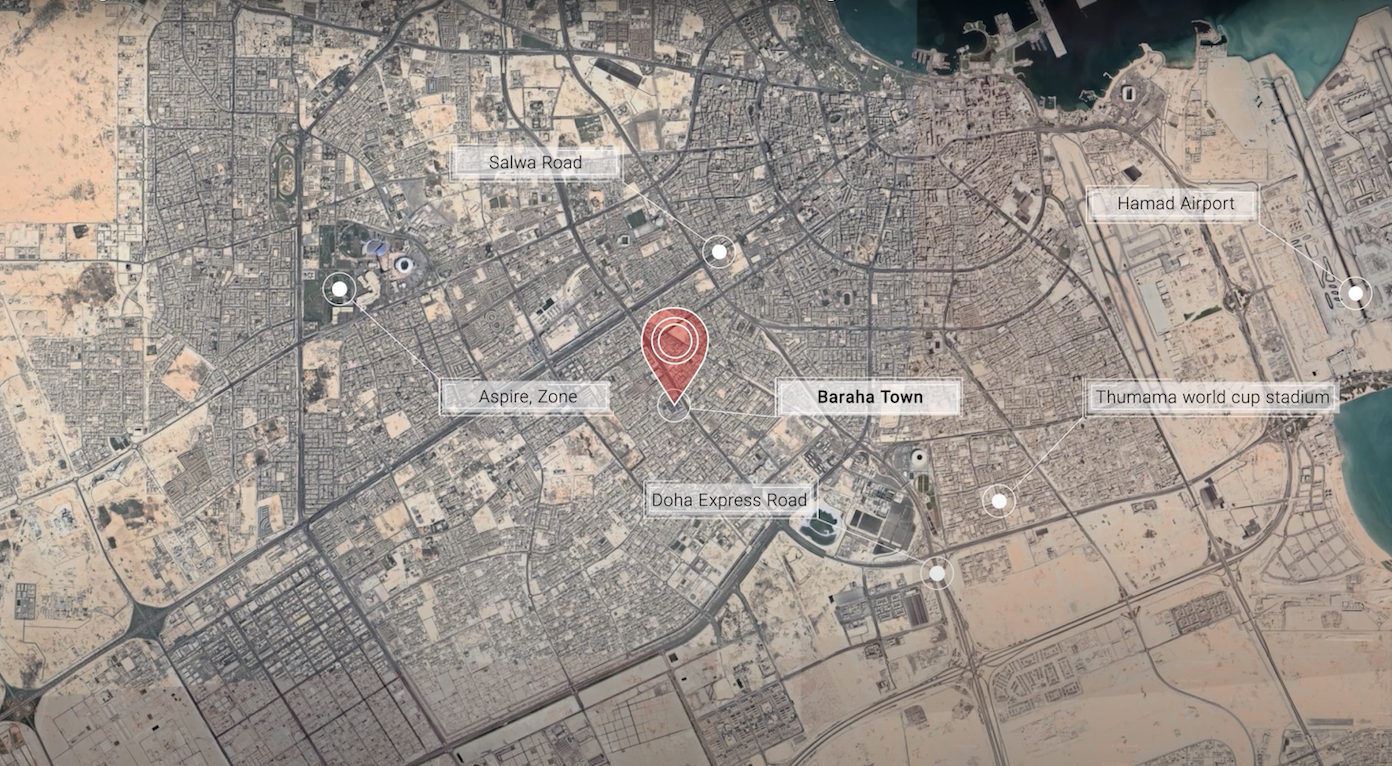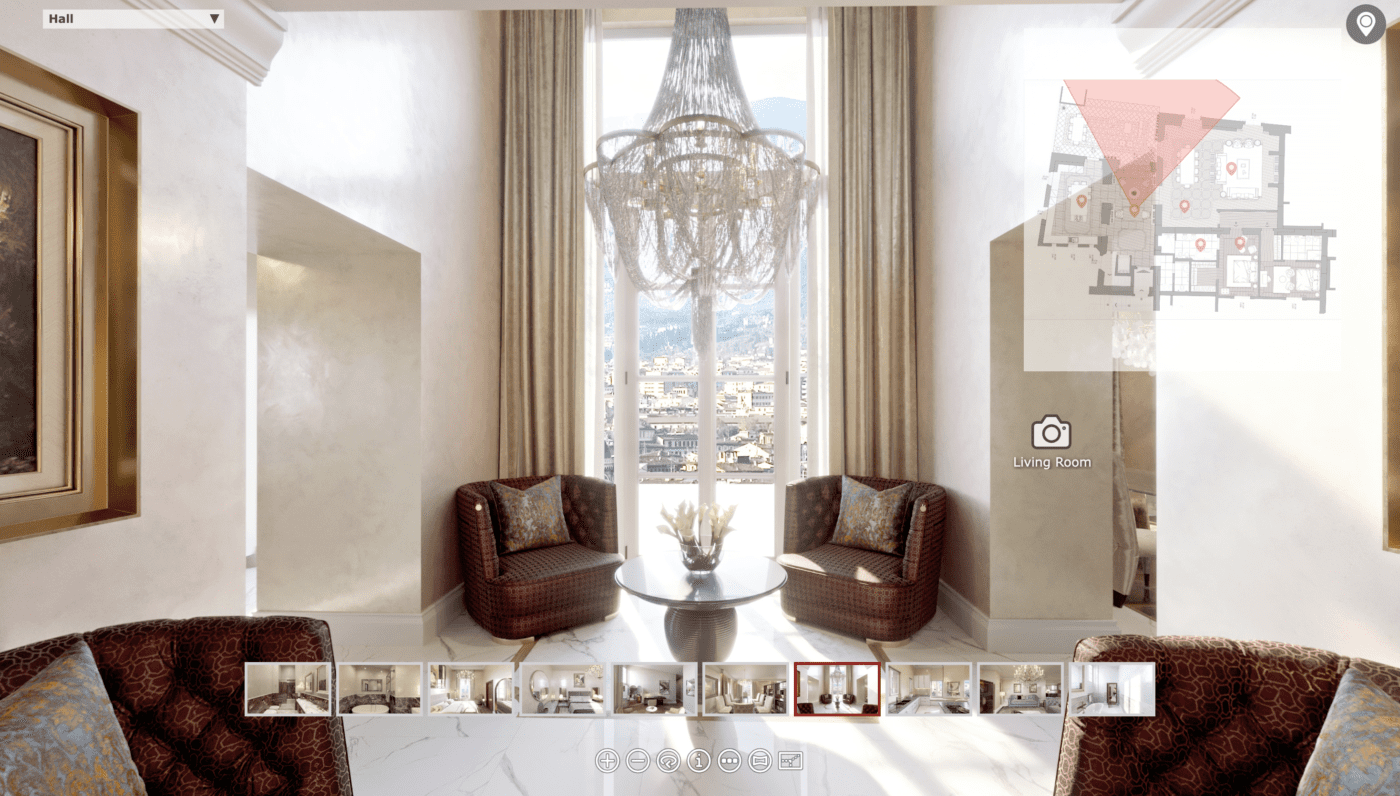Visual mediums are the best way to showcase your vision to potential clients. After all, explaining a concept in words simply doesn’t have the same impact as seeing an intricately detailed render of it. An architectural visualization is a valuable tool for architects that can present their vision in all its glory. Today’s state-of-the-art architectural renders come in many shapes and forms so you can pick the right one for your needs.
If you’re not familiar with architectural rendering, let us explain the concept to you. Architectural rendering services involve creating photorealistic 3D images of buildings or interiors.
Depending on the nature of the project, you’ll have to choose between interior or exterior 3D visualization. Some projects might require you to opt for a combination of the two. In this article, we’ll take you through the different types of architectural renderings available so you can understand what each entails.
1. Exterior 3D Visualization
Table of Contents

As the name suggests, this provides a rendered view of your project from the outside. These types of renders can be created from multiple perspectives to show various impressions of the buildings.
For example, you can create an exterior 3D visualization from a bird’s eye view to showcase the expansiveness of a project and display the different elements involved. Other popular views include worm’s eye view, street views, or close-ups to show the important yet smaller details.
Exterior 3D visualizations can be further split into residential and non-residential exterior CGI.
Residential exterior renderings are used by developers and architects not only to make sales but also to study the technical aspects of a project before it’s built. They can see how light will impact the building and if there are any engineering issues associated with the terrain.
Similarly, in the case of commercial projects, exterior CGI can be used to communicate the vision to all relevant stakeholders and also present aspects like scale, materials, colors, and how the project looks in relation to existing buildings.
2. Interior 3D Visualization

The interiors of a project are as important as the exteriors. Plain, blank walls and rooms are boring and don’t capture the attention of prospective buyers. 3D interior visualization is used to showcase still images of the interior layouts or specific interior spaces. It includes furnishing, wall art, plants, and more to create an inviting vibe in the interiors.
Interior 3D renders can be used for commercial projects like malls, cafes, and hotels or non-commercial projects like apartments or villas. They help the architect and the client understand how the interior space can be utilized in the best way.
3. Virtual Tours

VR is a game-changer in the world of architectural renderings. It allows your potential clients to switch the monitor for a VR headset and fully immerse themselves into your project.
VR tours work by sequencing a series of panoramic photographs into video forms and adding relevant sound and text. They are very effective in the fields of real estate and architecture as they show clients the exact look and feel that the project will have once it is completed. Virtual tours make the viewer feel as if they’re in control and can explore the space freely.
The hyper-realism and ability to showcase even the smallest details make VR tours an effective way to present their work and avoid miscommunications at a later stage.
4. 3D Animation

3D animations are a great service provided by an architectural renderings company. They can be used to cover every angle and detail of a project and go into far more detail than still images. They can show your client all the features and relevant aspects in a photo-realistic manner and help them experience the space.
In some cases, digital artists can also combine real footage with computer-generated renders to create stunning visuals. For example, you can use real aerial footage of a city and add a 3D model of the building structure into it. To make a 3D animation video more engaging, you can include voiceovers, background music, and text.
5. 360-Degree Panoramas

360-degree panoramas give your clients the opportunity to pan around a scene and zoom into areas that they wish to see in greater detail. These computer generated panoramas help clients experience the building in 3D.
CG panoramas are currently a big trend in the architecture space and are effective at helping clients make a decision about purchasing or investing in a project. The process of creating these panoramas involves the rendering of 2D images to achieve 3D visualization. The process takes significant time and effort but the results are worthwhile.
How Can You Choose The Right Renders For Your Project?
With the many types of architectural renders available, you may be spoilt for choice when choosing the right one for your next project.
Your decision can be made depending on your goals, the scale of your project, your budget and timelines, and what the purpose of the renders is. No matter your requirements, investing in architectural renderings can be helpful for your firm.
If you’re searching for the best architectural renderings services, look no further than Render Atelier. We are a boutique rendering agency comprising of the best interior designers, architects, and digital artists in the industry. We combine poetry with precision to give you renders that are technically sound yet visually breathtaking.
Our clients include leading brands across North America, Europe, and the Middle East, and would love to work with you on your next project. Fill out this form or send us an email at [email protected] to get started.

